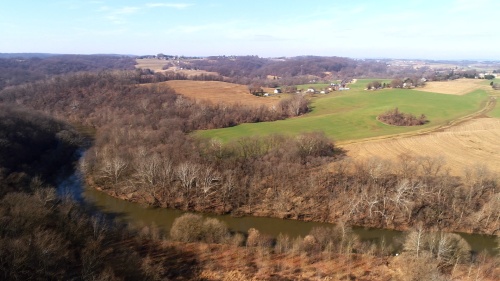Innovation
Williams establishes first NextGen Gas certification process
Williams is excited to have established the first NextGen Gas certification process that covers the energy value chain …

Energy Insights
Learn about the future of energy, infrastructure and innovation.
One of the tools to help Williams achieve net zero emissions is Carbon Capture and Storage (CCS.)
CCS is a term that refers to technologies that capture carbon dioxide (CO2) and store it safely underground.
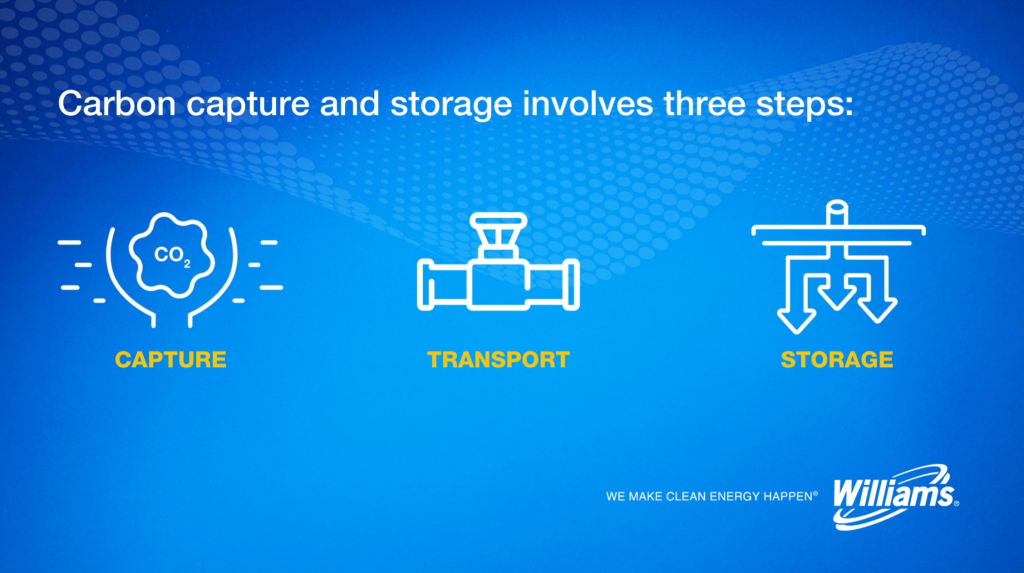
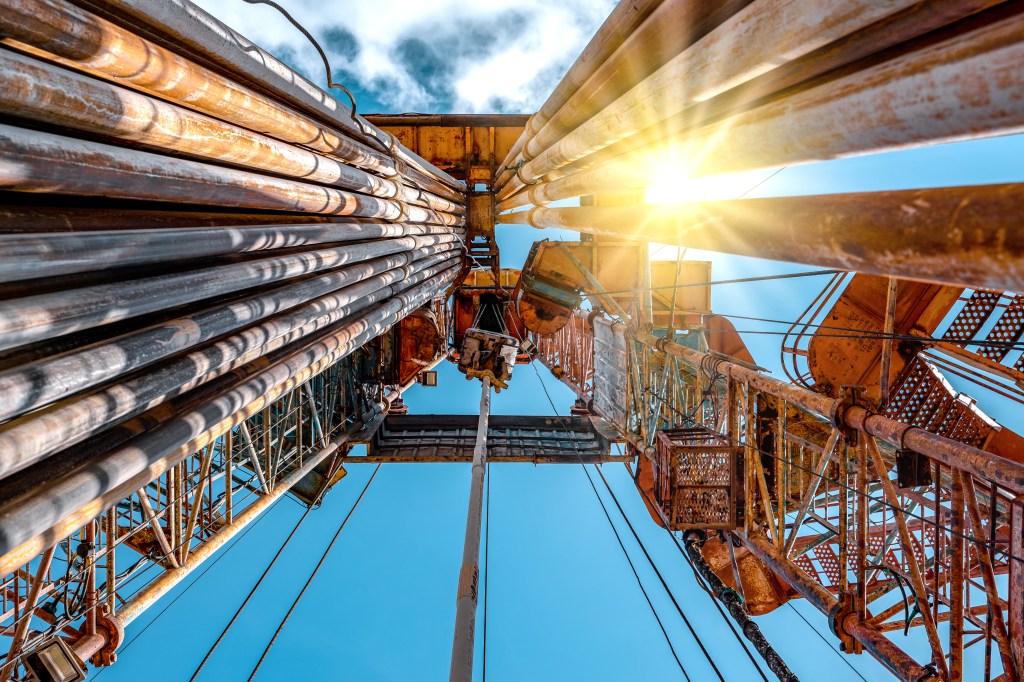
New technology and drilling methods are improving the efficiency of natural gas production, according to the U.S. Energy Information Administration.
Our daily lives are powered by electricity, but where does it come from? Electricity is used every single day: turning on a light, plugging in a phone or heating food in the microwave.


From aerial surveys to ground patrols to advanced robots inside the pipe, Williams uses the latest technology to ensure the safety and reliability of our 33,000 miles of pipelines.
Lasers are used every day. The barcode scanner at the grocery store has a laser. Doctors use lasers for surgery and skin treatments. Lasers can also be found in manufacturing settings for precision cutting and welding.
Now the energy industry is combining laser engineering and atmospheric science for precise detection of greenhouse gas emissions.

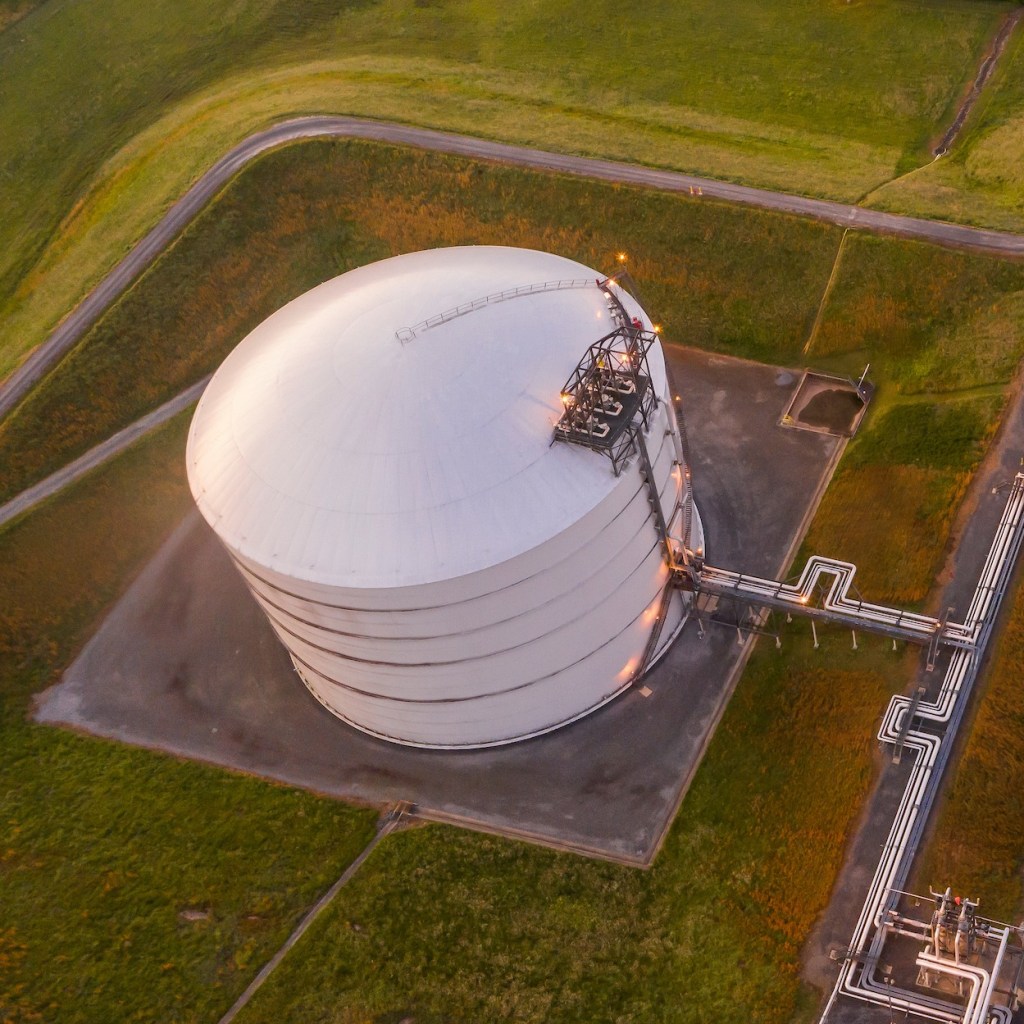
With its abundance of natural gas, the United States is uniquely positioned to help lower energy costs for consumers both domestically and abroad while at the same time building pathways to a low-carbon, energy-secure future.
Williams defines “NextGen Gas” as natural gas that has been securely tracked and independently certified as having low emissions across all segments of the value chain. The term encompasses and goes beyond responsibly sourced natural gas, which is natural gas that has been verified at the production site as meeting certain environmental standards and practices.
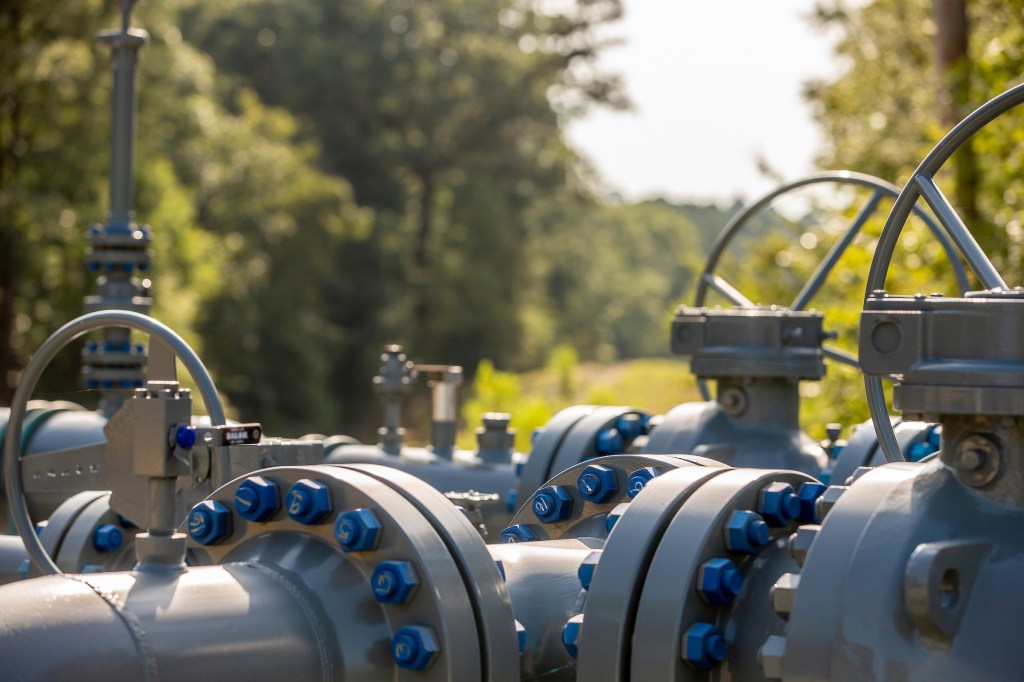

Every year some of the natural gas produced in the United States is stored away so it can be used during the high-demand periods of winter and summer. The most common way to store natural gas is in large caverns underground. It can also be stored in smaller quantities in tanks above ground.
Liquefied natural gas (LNG) is natural gas that has been cooled to a liquid state, at about -260° Fahrenheit, for shipping and storage. The volume of natural gas in its liquid state is about 600 times smaller than its volume in its gaseous state.

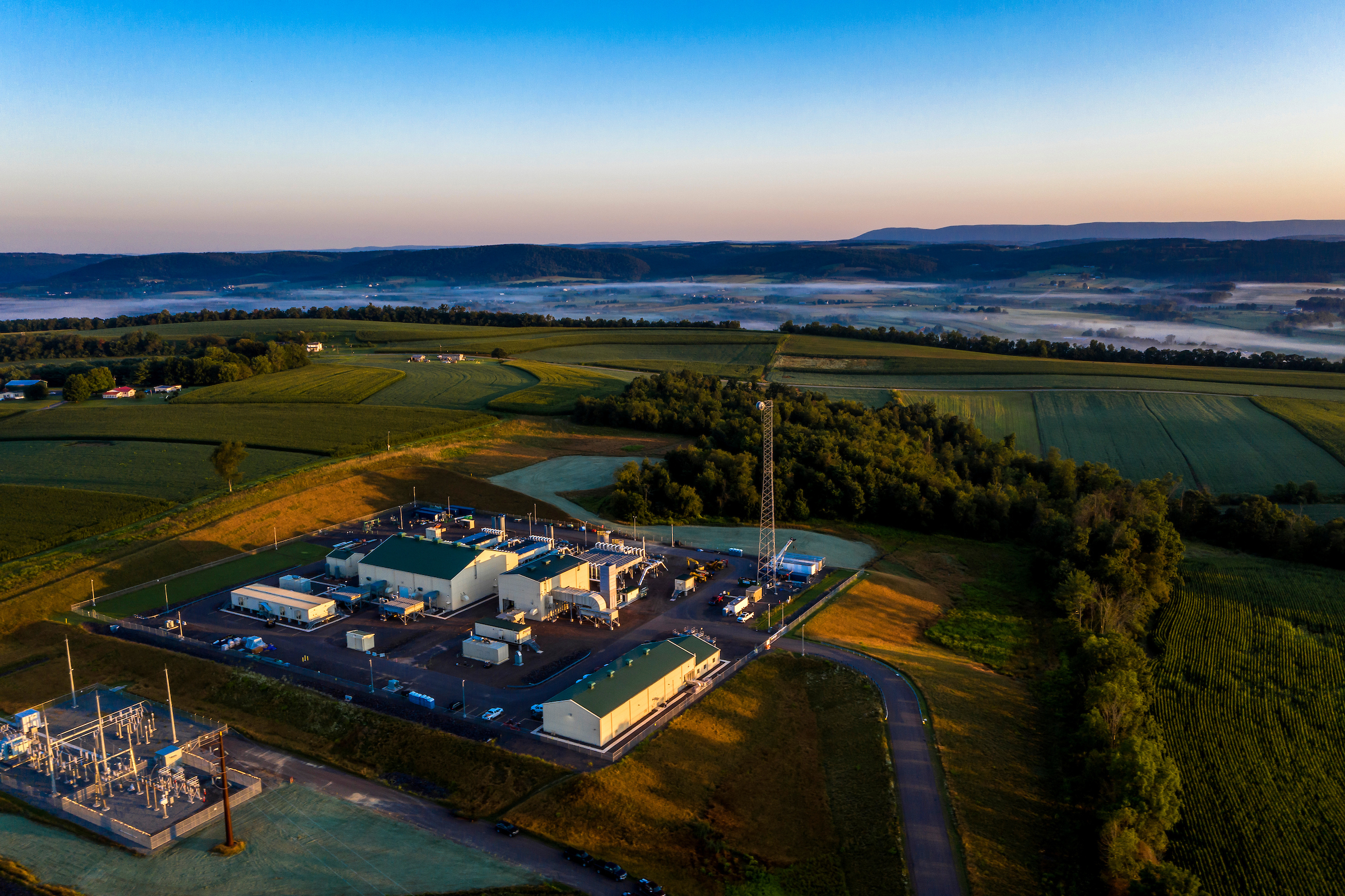
QMRV stands for quantification, monitoring, reporting and verification. The natural gas industry is using advanced technology in this process to get a more detailed view of emissions across the value chain.
Compressors are large mechanical devices that “push” natural gas along pipelines.
They use either rotational force or piston movement to increase the pressure and are key to the energy value chain.
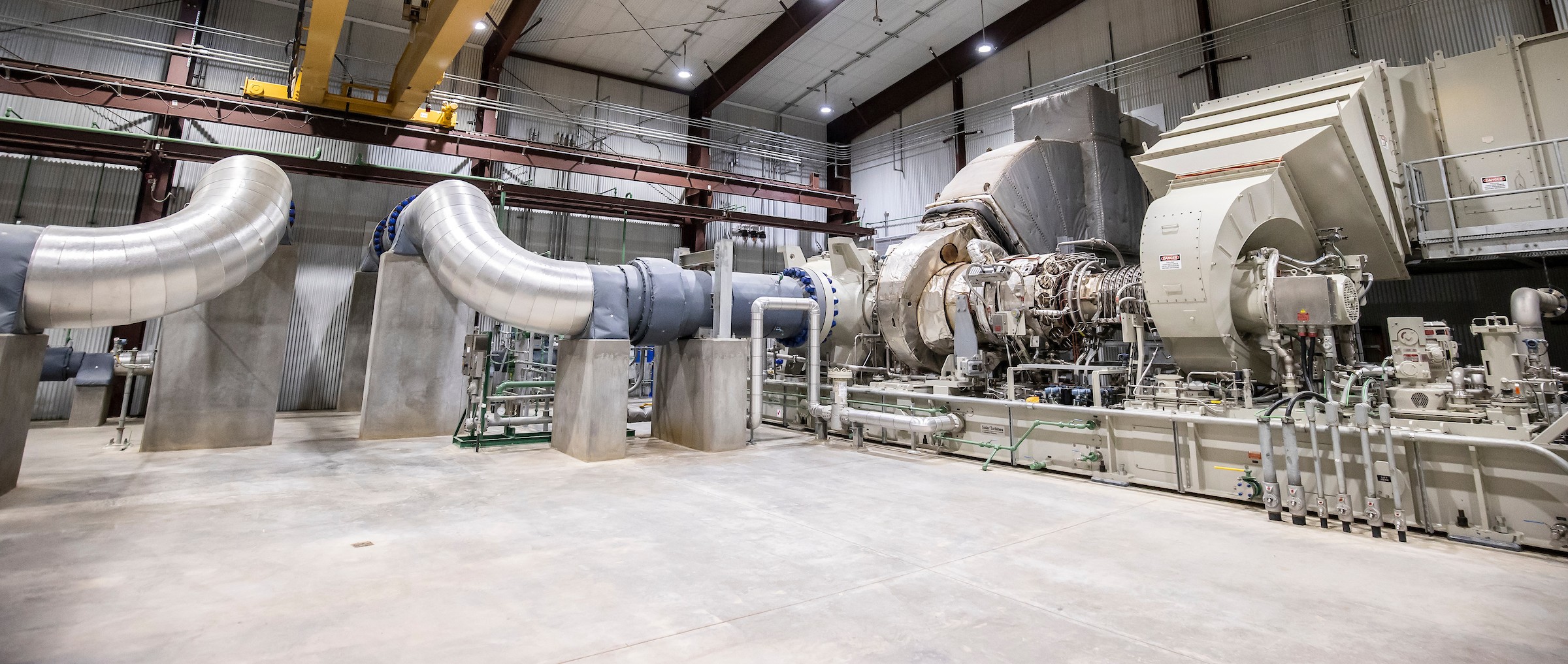
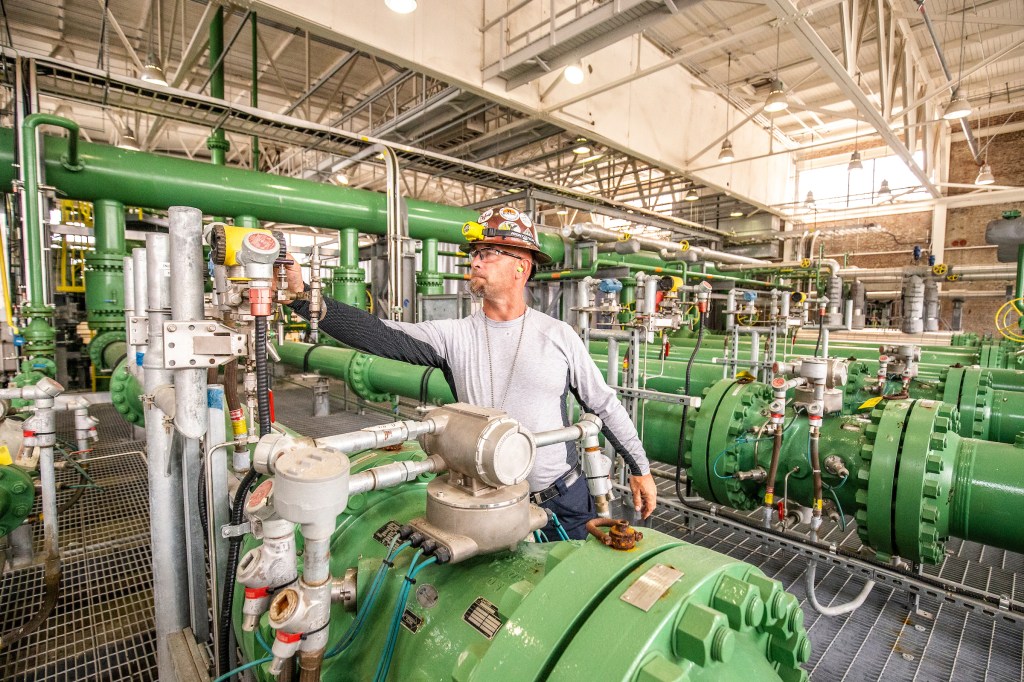
You probably have a good understanding of the volume of a gallon of milk or a pound of sugar. You can see it and feel it.
But measuring natural gas is a bit harder to visualize. Natural gas is measured in cubic feet and is a unit of volume equal to a cube one foot long on each side.
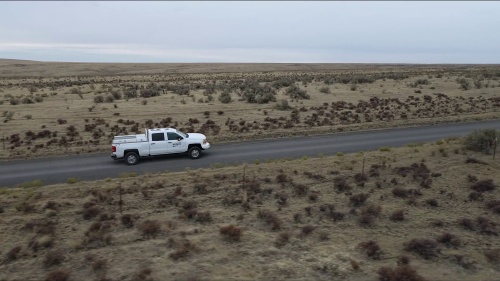

Responsibly Sourced Gas (RSG) has the potential to change the global market for natural gas and position the U.S. as a low-carbon leader in reducing emissions.
Natural gas is natural because it started from organic matter (plants and animals) buried over time below the earth’s surface millions of years ago. Today natural gas is one of the most prominent energy sources used to generate electricity, warm homes and cook meals.

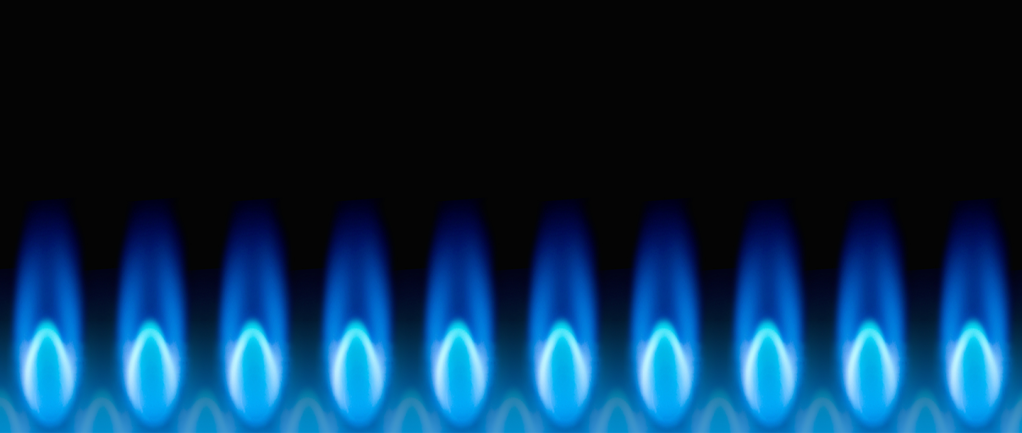
Turning on a gas stove or furnace can be pretty simple. One switch and blue flames start dancing, providing reliable, affordable energy to cook your food or heat your home.
But how did the natural gas get to you?
Keeping natural gas in the pipeline is of utmost importance to Williams and our customers. It matters for safety, reliability, environmental and economic reasons.
Occasionally, we must take a miles-long section of pipeline out of service for planned maintenance or repair. This often means we need to temporarily remove natural gas from that section of the pipeline.
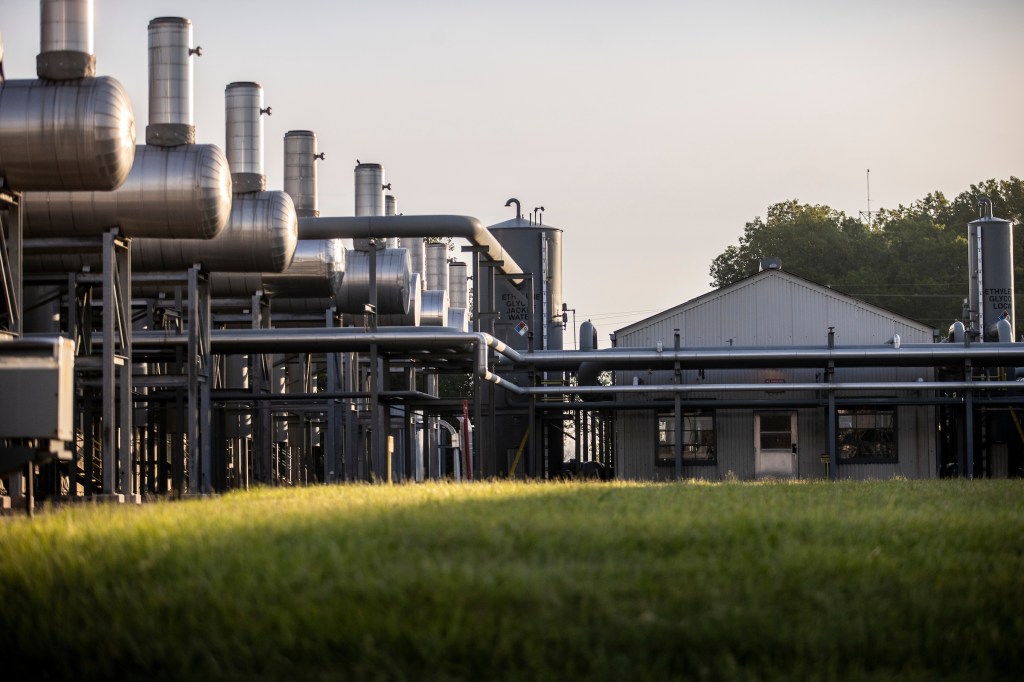
Innovation
Williams is excited to have established the first NextGen Gas certification process that covers the energy value chain …
Energy & Infrastructure
ESG
Energy & Infrastructure
Charitable Giving
ESG
Energy & Infrastructure
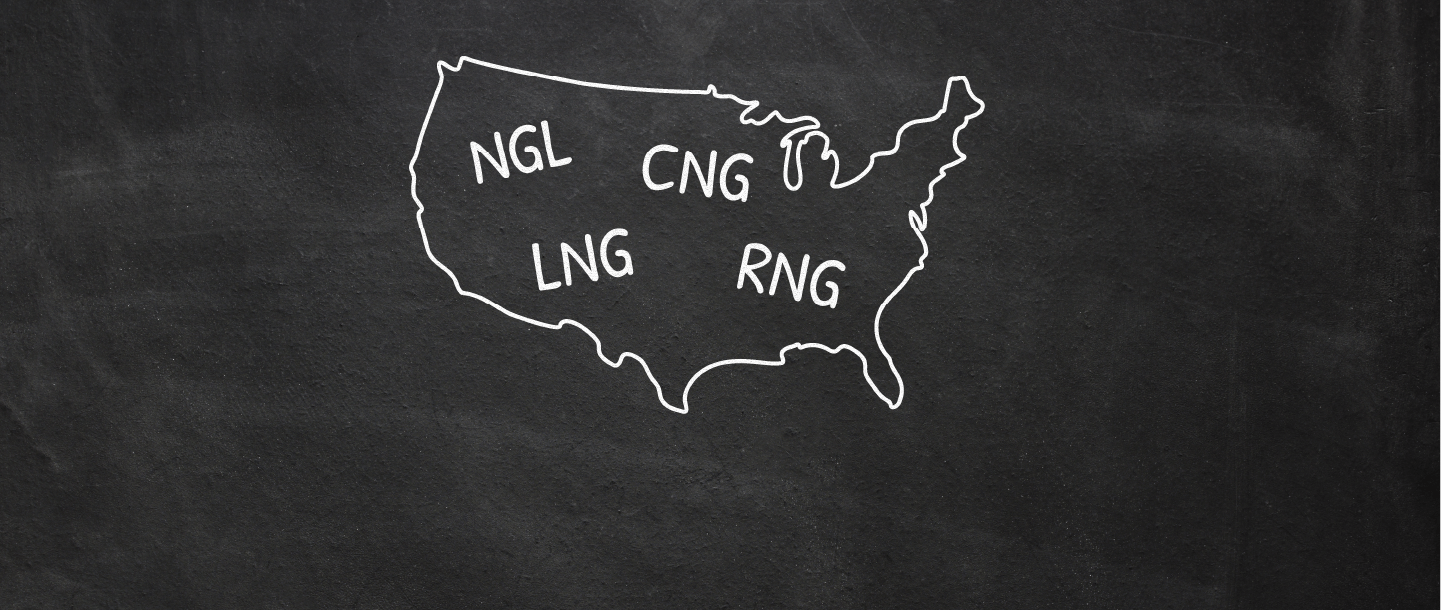
NGL, LNG, CNG and RNG. What do these mean?
The common letter is G — for gas. Here’s the gist of each one. NGLs are natural gas liquids. They are components of the natural gas stream and, when cooled, separate into a liquid mixture. With pressure and heat, this mixture splits into fuels you might have heard of like propane, ethane and butane. NGLs […]
The common letter is G — for gas. Here’s the gist of each one. NGLs are natural gas liquids. They are components of the natural gas stream and, when cooled, separate into a liquid mixture. With pressure and heat, this mixture splits into fuels you might have heard of like propane, ethane and butane. NGLs […]
Energy & Infrastructure
Learn how things work with Midstream 101. Midstream 101 is an educational look at Williams operations. You’ll …
Energy & Infrastructure
The secret to time travel in the popular 1980s movie Back to the Future was 1.21 gigawatts of electricity. When the …
